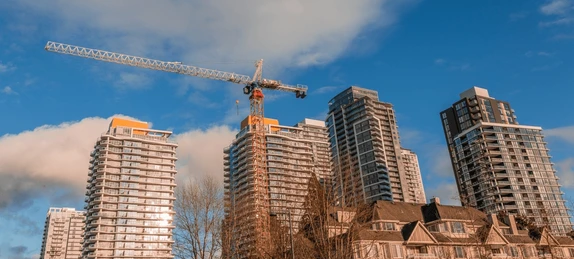Surrey has outpaced its provincial housing target by 53%, granting occupancy to 6,488 new homes in the first year of B.C.’s five-year housing plan.
Strong Progress in Surrey’s Housing Push
The City of Surrey has exceeded its first-year housing target by an impressive 53%, surpassing expectations set by the provincial government. Between July 1, 2024, and June 30, 2025, Surrey granted occupancy to 6,488 new residential units—well above its assigned goal of 4,233 homes under the Housing Supply Act.
Province Sets Ambitious Five-Year Target
The five-year housing plan, introduced by the provincial Minister of Housing, calls for the construction of 27,256 new dwellings in Surrey. The initiative is part of a broader provincial effort to tackle British Columbia’s housing crisis by pushing municipalities to increase supply faster and more efficiently.
Demolitions Accounted for in Final Tally
Surrey’s general manager of planning and development, Ron Gill, clarified that the figures include adjustments for demolitions of older housing units. “This is a significant achievement, reflecting ongoing efforts to meet Surrey’s housing goals,” Gill stated in a corporate report to city council this week.
Mayor Applauds City’s Efforts
Mayor Brenda Locke expressed enthusiasm over the city’s performance. “We have made great progress and will continue to take bold steps to streamline our processes to support diverse housing options,” she said. Locke emphasized that exceeding the target not only highlights the city’s commitment but also builds momentum for the years ahead.
Thousands More Units in the Pipeline
According to city data, more than 45,100 housing units have conditional rezoning approvals awaiting construction. In addition, building permits have already been issued for over 13,100 units, which are currently in various stages of development.
Fast-Tracked Approvals Drive Success
Gill credited the achievement to more than 30 major process improvements introduced in the past year. These changes, aimed at expediting approval and construction timelines, include administrative reforms, digital application upgrades, and closer collaboration with the development community. “These improvements focus on reducing timelines, increasing efficiency, and supporting the development community in delivering housing more quickly,” he said.


























